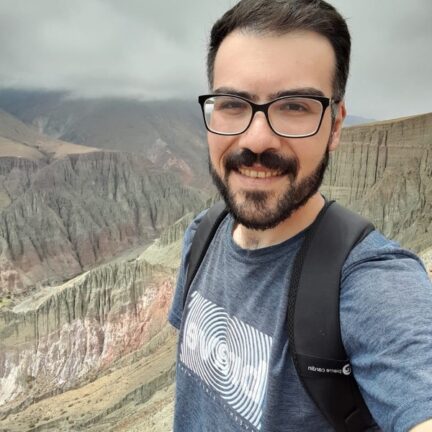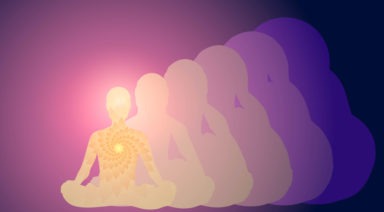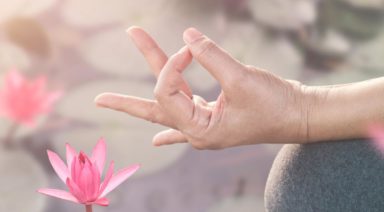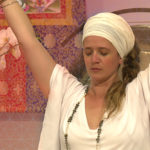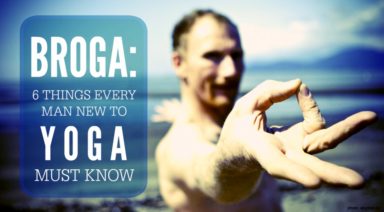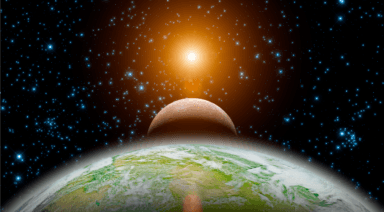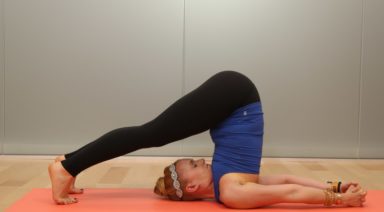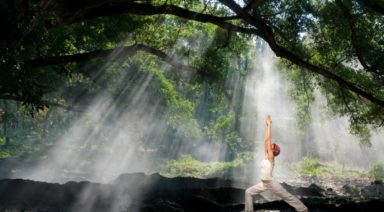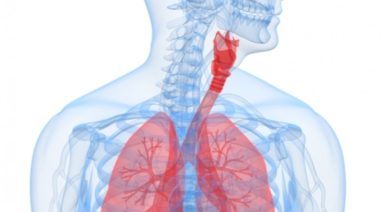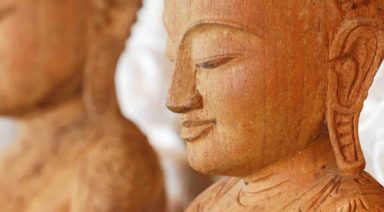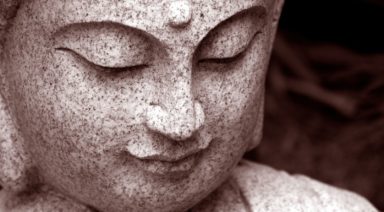What Happens During a Kundalini Awakening? Stages, Signs, & Symptoms

Kundalini is an ancient concept that originated in India’s early yogic and tantric traditions thousands of years ago. It’s often described as a powerful life force energy. Kundalini represents the potential for spiritual awakening and transformation that exists within every person. Within the teachings of yoga, the rise of Kundalini is viewed as both a sacred and transformative process that unites body, mind, and spirit.
For centuries, yogis, seekers, and mystics have written about the profound changes that accompany the kundalini experience. Many describe it as an unfolding of inner energy that brings clarity, creativity, and deep spiritual connection, often cultivated through dedicated yoga practice and mindful living. This awakening can also bring old emotions or patterns to the surface for healing, sometimes even those carried from past lives. The experience is both illuminating and intense, guiding the individual toward greater self-awareness, harmony, and spiritual growth.
As we explore this mystical experience more closely, it helps to understand what Kundalini truly is and how it moves through the body to awaken higher states of consciousness.
Table of Contents
- What Is Kundalini Energy?
- What Is a Kundalini Awakening?
- Stages of a Kundalini Awakening
- 10 Kundalini Awakening Symptoms
- What Are the Dangers of Awakening the Kundalini?
- How to Safely Activate the Kundalini
- What Should You Do if You Are Experiencing a Spontaneous Awakening?
What Is Kundalini Energy?
Kundalini energy is a dormant spiritual life force believed to rest at the base of the spine, often symbolized as a coiled serpent. In yoga and tantra traditions, it represents divine consciousness that connects the physical body with the spiritual realm. When this energy awakens and rises through the body’s energy centers, or chakras, it sparks deep transformation and brings greater self-awareness, vitality, and inner harmony. This movement of energy is known as Kundalini rising. With proper guidance, the awakening of Kundalini supports balance across body, mind, and spirit while promoting healing and spiritual growth.
Kundalini is said to originate in the root chakra (Muladhara) near the base of the spine. As it ascends, it passes through each of the body’s seven chakras, including the sacral (Svadhisthana), solar plexus (Manipura), heart (Anahata), throat (Vishuddha), and third eye (Ajna) centers, before reaching the crown chakra (Sahasrara) at the top of the head. This upward movement represents the awakening of higher consciousness, guiding the individual from physical awareness toward spiritual enlightenment.
What Is a Kundalini Awakening?
A Kundalini awakening is a spiritual experience that marks the moment when dormant spiritual energy becomes active within the body, setting in motion a profound inner transformation. Rather than being a single event, it is an unfolding process that can bring waves of physical sensations, emotional release, and heightened awareness as the energy begins to move more freely.
For some, awakening occurs gradually through years of yoga, meditation, or breathwork. For others, it may arise spontaneously, sometimes triggered by deep emotional healing, a life-changing event (such as a near-death experience), or the energetic transmission of a spiritual teacher known as shaktipat. Regardless of how it begins, the awakening often reveals new levels of consciousness, creativity, and inner peace while also stirring unresolved emotions that come forward to be healed.
Because this energy can be powerful and unpredictable, traditional teachings emphasize preparation and guidance. Grounding practices, self-care, and support from an experienced yogi or spiritual mentor can help integrate the awakening experience with stability and clarity.
In Gaia’s original series Yogic Paths, one episode delves into the traditions of Kundalini and Kriya Yoga, systems designed to activate and redistribute energy within the body. The concept of kundalini is explored, along with the syncretic practice of twentieth-century Kundalini Yoga, which combines kriya, yogic movement, dynamic breathing, Sikh practices, and chanting mantras to elevate consciousness.
Stages of a Kundalini Awakening
Kundalini awakening is often described as unfolding in three main stages, each reflecting a deeper level of awareness and transformation. While every journey is unique, most experiences follow this natural progression: Awakening, Purification, and Integration.
1. Awakening
This first stage begins when dormant spiritual energy starts to move. Awakening may occur gradually through consistent yoga, meditation, or breathwork, or arise spontaneously during moments of emotional healing or insight. Many people notice heightened awareness, stronger intuition, and subtle sensations of energy flowing through the body.
2. Purification
As the energy becomes more active, old emotions, memories, and energetic blockages surface to be released. This can lead to intense emotional waves, vivid dreams, or physical sensations as the body and spirit cleanse and realign. Though sometimes uncomfortable, this stage clears the way for higher states of consciousness.
3. Integration
In this final stage, the energy flow stabilizes and awareness deepens. The individual begins to embody new levels of peace, clarity, and compassion, feeling more connected to their purpose and the divine. Integration is an ongoing process, a continual balancing of spiritual insight with everyday life.

10 Kundalini Awakening Symptoms
Kundalini awakenings can manifest through a variety of physical, emotional, and spiritual symptoms. These symptoms are indicative of the flow of energy that is activated and ascends along the spine, impacting different aspects of the individual’s life.
Physical Sensations
As kundalini energy begins to rise, it often initiates noticeable physical sensations. These changes can be intense but are usually a sign that energy is moving and blockages are beginning to clear.
1. Intense Energy Sensations in the Spine
One of the most common symptoms of kundalini awakening is the sensation of energy moving along the spine. This may feel like tingling, heat, or vibration rising from the base of the spine to the crown of the head, often described as the movement of a serpent.
2. Changes in Sleep Patterns
During kundalini awakening, it is common to experience alterations in sleep patterns. This may include insomnia, frequent awakenings during the night, or a need to sleep more than usual. These changes are a response from the body to the increase in energy and spontaneous movements.
3. Physical Pains and Tensions
The rise of kundalini energy can cause aches and tensions in different parts of the body. These pains are usually temporary and are associated with the release of energetic blockages. The most common areas of discomfort include the back, neck, and shoulders.
Emotional and Psychological Changes
Beyond the body, kundalini awakening brings deep emotional and psychological shifts. These changes can foster personal insight, spiritual connection, and greater emotional sensitivity.
4. Increased Emotional Sensitivity
Kundalini awakening can intensify emotions, making people feel more sensitive and vulnerable. Repressed emotions may rise to the surface, requiring attention and proper processing. This heightened sensitivity can also lead to a deeper empathy with others.
5. Renewed Sense of Purpose and Destiny
Kundalini awakening often brings a renewed sense of purpose and destiny. People may feel a sudden clarity about their mission in life and a strong drive toward fulfilling their deepest goals. This sense of purpose can inspire significant changes in career, relationships, and lifestyle, aligning them more closely with their true desires and values.
6. Feelings of Joy and Unconditional Love
During kundalini awakening, many people experience deep feelings of joy and unconditional love. This expansive love is not only directed toward loved ones, but also toward humanity in general and nature. This experience of universal love can transform one’s life perspective, promoting greater compassion and connection with others.
7. Episodes of Mental Clarity and Spiritual Vision
Kundalini awakening can lead to episodes of mental clarity and spiritual vision, where one attains a deeper understanding of life and the universe. These moments may include profound insights, solutions to personal problems, and a stronger connection with intuition. The mind becomes more open and receptive to new ideas and experiences, facilitating personal and spiritual growth.
Spiritual or Energetic Experiences
These symptoms reflect more subtle, energetic changes that occur as spiritual awareness expands. Often deeply transformative, these experiences may feel mystical, intimate, or even blissful.
8. Heightened Intuition and Spiritual Perception
As kundalini awakens, many people experience an increase in their intuition and spiritual perception. They may have visions, vivid dreams, or a heightened sense of connection with the universe. This increase in spiritual perception helps guide the individual on their path of self-discovery and spiritual growth.
9. Changes in Sexuality
Kundalini activation can also lead to changes in sexuality. These may include an increase in libido, new ways of experiencing pleasure, and a deeper connection with one’s partner. Sexual energy may feel more sacred and spiritually linked, leading to greater integration of body and spirit in the sexual experience.
10. Perception of Inner Lights and Colors
It is common for people going through kundalini awakening to perceive inner lights and colors during meditation or even in everyday life. These visions are often accompanied by a sense of peace and well-being, and may indicate the flow of energy through the chakras and the opening of internal spiritual channels.

What Are the Dangers of Awakening the Kundalini?
Awakening the kundalini can be a powerful and transformative experience, but it also carries certain dangers if not handled properly. Kundalini energy is intense and can cause physical, emotional, and mental imbalances if not activated and channeled correctly.
- Energy overload: A flow of energy that is too intense can cause overwhelming sensations and physical discomfort. It is important to proceed with caution and under the guidance of an experienced instructor.
- Emotional instability: The abrupt release of repressed emotions can cause anxiety, fear, and other intense emotional states. Emotional support during this process is crucial.
- Mental disorientation: Uncontrolled activation of the kundalini can lead to confusion, loss of focus, and episodes of disconnection from reality. Maintaining balance and a safe practice is essential.
- Sleep problems: Changes in sleep patterns can result in insomnia or extreme fatigue. It is important to pay attention to the body’s needs and allow for sufficient rest.
Social isolation: Intense and personal experiences may lead to isolation or difficulty relating to others. Maintaining healthy social connections is essential for emotional balance.
How to Safely Activate the Kundalini
Activating the Kundalini is a gradual process that calls for patience, preparation, and the guidance of an experienced teacher. Approaching this practice with care helps ensure a safe and balanced awakening. Try the following to support a smooth activation:
- Start with foundational practices
- Begin with gentle yoga and meditation to prepare the body and mind for increased energy flow.
- Incorporate conscious breathing (pranayama) and yoga postures (asanas) to open and balance the chakras.
- Focus on slow, mindful progress rather than forcing the experience.
- Support the body and mind
- Maintain a balanced diet, regular exercise, and adequate rest to strengthen your physical and emotional foundation.
- Stay hydrated and avoid intoxicants or unhealthy substances that can disrupt energy balance.
- Create a peaceful daily rhythm to help the body integrate energetic shifts more easily.
- Seek experienced guidance
- Work with a qualified instructor, yogi, or spiritual guide who understands Kundalini activation.
- An experienced teacher can offer safe techniques, grounding exercises, and emotional support throughout the process.
- Proper mentorship ensures that the awakening unfolds naturally, without unnecessary strain or imbalance.
What Should You Do if You Are Experiencing a Spontaneous Awakening?
A spontaneous Kundalini awakening can feel intense and confusing, but with mindful care, it can become a powerful opportunity for growth and healing. Manage the experience safely by:
- Focusing on self-care
- Practice meditation, gentle yoga, or conscious breathing to stay calm and centered.
- Prioritize rest and relaxation to help your body adjust to the energy flow.
- Seeking supportive community
- Join meditation groups, yoga classes, or spiritual circles to connect with others who understand the process.
- Sharing experiences and advice can provide comfort and perspective.
- Keeping a journal
- Record your sensations, emotions, and insights during the awakening.
- Journaling helps you track patterns, understand your progress, and reflect on lessons learned.
- Reaching out for guidance
- If the experience feels overwhelming, speak with a spiritual mentor, energy healer, or therapist familiar with Kundalini awakening.
- Proper support can help you stay grounded and integrate the changes in a healthy way.
A Kundalini awakening is a journey of surrender and growth. As the energy rises through the body, it can bring mystical experiences, moments of clarity, and a deep sense of connection to something greater. The process invites you to let go, trust, and allow the energy to move as it needs to. With patience and awareness, it can lead to balance, peace, and a lasting sense of spiritual wholeness.
Eight Signs Of A Kundalini Awakening
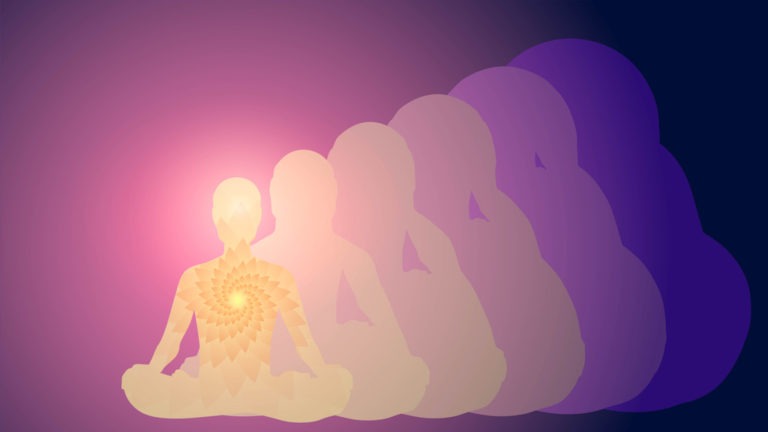
3. COURAGE, WILLINGNESS AND DESPERATION TO TRY NEW THINGS
The intensity of these experiences will often be enough to drive people to try new things.
People seek changes in diet, seeking out healers, leaving relationships, changing jobs, all done in an attempt to respond to what is happening on the inside.
For me, I was shaken up enough to call in sick from work, go for a hike in the middle of the day, and try a form of yoga I had never attempted before. That Kundalini Yoga class ended up being the breadcrumb that I followed which would change my whole life. When what we know isn’t working, we tend to become more open to doing our work.
4. MIRACLES AND SYNCHRONICITIES APPEAR AND YOU RECEIVE SUPPORT FROM UNEXPECTED PLACES
Once we are desperate enough to be willing to try new things, we become available to receive support and miracles from unexpected sources. For me, it started with that first Kundalini Yoga class. Soon, I had the courage to request to work part time. Giving myself more down time to heal my nervous system, allowed me to get in touch with what was truly going on underneath my anxiety, stress and despair. Within months of practicing this form of yoga, I saw very clearly that my marriage was ending, and I had the courage to let it go. Gurmukh, a Kundalini Yoga teacher, came to my town to offer a workshop, and I was given a 40 day meditation, which gave me the daily support to accomplish all these changes. We meet the right people, attend the right workshop, stumble across the right book, find the right yoga studio…whatever we need ends up showing up at the right time in the right way.

